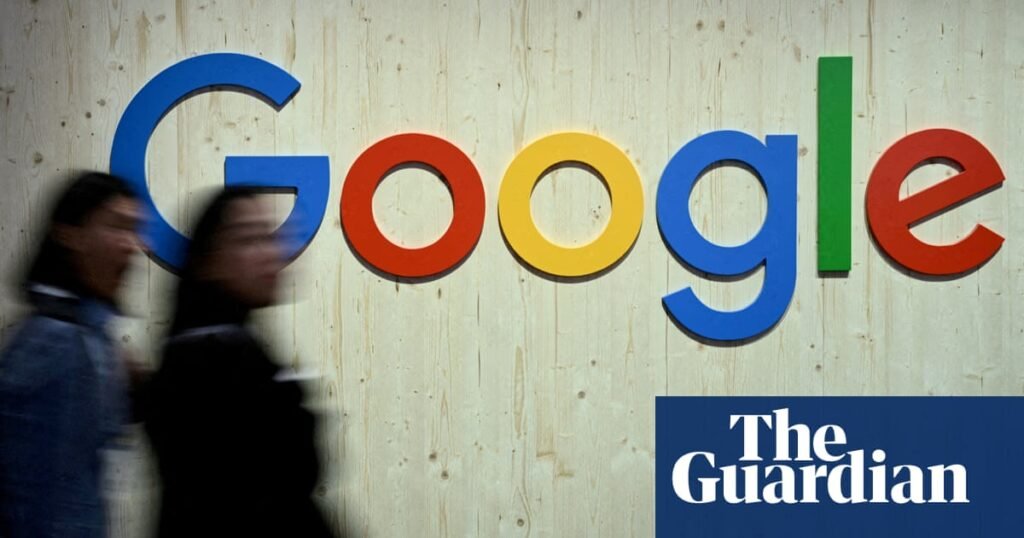Google’s carbon emissions have soared 51% since 2019 as artificial intelligence hinders tech companies’ green efforts.
Although the company has invested in renewable energy and carbon removal technologies, it has failed to curb its Scope 3 emissions, which are a further range of the supply chain and are largely affected by the growth of data center capabilities needed to power artificial intelligence.
The company reported that year-on-year consumption increased by 27% as energy demand increased.
Datacentres plays a crucial role in training and manipulation models such as Google’s Gemini and OpenAI’s GPT-4, which powers Chatgpt Chatbot. The International Energy Agency estimates that the total electricity supply in data centers can increase from the 2022 level to 1,000 TWH (Terawatt hours) in 2026, about the level of electricity demand in Japan. By 2030, AI will result in data centers using 4.5% of global energy generation, according to the semi-analysis of the research company.
The report also raises concerns that the rapid development of AI may drive “nonlinear growth in energy demand”, making future energy demand and emission trajectories more difficult to predict.
Another problem that Google highlights is the lack of progress in new forms of low-carbon power generation. Small modular reactors (SMRs), which should be easy to build and access the internet, are hailed as a way to decarbonize. Areas that hopefully have many data centers can have one or more SMRs, which will reduce the huge carbon footprint of the electricity used by these data centers, which is more demanded in this data due to the use of AI.
The report said these are behind the scenes of the program: “A key challenge is that the deployment of lower-scale carbon-free energy technologies is slower, and it will be very difficult to get there by 2030. Although we continue to invest in promising technologies such as advanced geothermal and SMR, their extensive parenting has not been achieved, but due to their early stages, they are not achieved because they are in the early cost range and are currently at a poor cost.
It added that Scope 3 remains a “challenge” as Google’s ambition-based total emissions of 11.5 million tonnes of equivalent gas, up 11% year-on-year and 51% from the 2019 base. This is “mainly driven by increased supply chain emissions”, with Scope 3 increasing by 22% in 2024.
After the newsletter promotion
Google is competing to buy clean energy to power its systems, and since 2010, the company has signed more than 170 agreements to purchase 22 GW of clean energy. In 2024, 25 of these internet access add 2.5GW of new clean energy to their operations. It was also a record year for clean energy transactions, with the company signing an 8GW contract.
The company achieved one of its environmental goals early on: eliminating plastic packaging. Google today announced that new Google products launched and produced in 2024 are packaged without plastic. Its goal is to achieve this by the end of 2025.
The company also said in the report that AI may have “net positive potential” in climate because it hopes that the emission reduction enabled by AI applications will be greater than the emissions generated by AI itself, including energy consumption in its data centers.
Google’s goal is to help individuals, cities and other partners jointly reduce carbon equivalent emissions from 1GT (GIGATON) and use AI products by 2030. For example, these can help predict energy use and reduce waste, and map solar energy for buildings so that panels are placed in the right place and generate maximum electricity.
